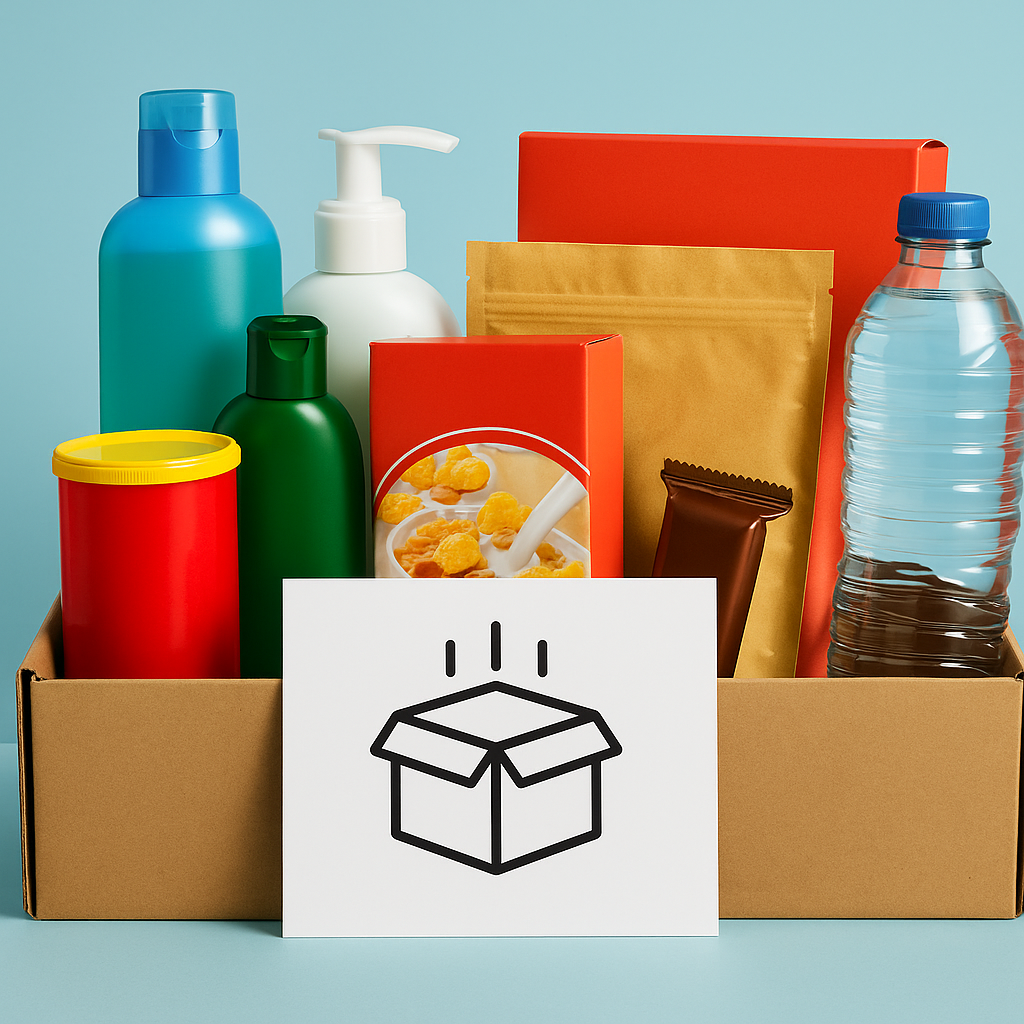
The Rise of Subscription-Based Sampling Models
Introduction
In the fast-paced world of fast-moving consumer goods (FMCG), staying ahead of the competition requires innovation not only in product development but also in how products reach potential customers. One of the most transformative shifts in recent years is the emergence of subscription-based sampling models. These systems are changing how brands connect with consumers, build loyalty, and gather meaningful insights — all while offering an engaging experience to users.
What is Subscription-Based Sampling?
Traditionally, product sampling involved handing out products in retail stores, at events, or through limited online promotions. While these methods had merit, they were often scattered, hard to track, and less targeted.
Subscription-based sampling flips this script. It enables consumers to sign up for a regular delivery of product samples curated based on their preferences and behaviors. Typically operating on a monthly or quarterly basis, these models allow brands to directly deliver their products to highly engaged, pre-qualified consumers. With the aid of AI and machine learning, the right products find the right audiences — enhancing both the consumer experience and the brand’s return on investment.
Why Subscription Sampling is Gaining Traction
1. Personalized Consumer Experience
Unlike traditional sampling, subscription models leverage data from sign-up forms, behavior tracking, and past feedback to tailor product selections for each user. Whether someone prefers cruelty-free beauty products or is a fitness enthusiast interested in new supplements, the experience feels custom-made. This level of personalization fosters trust and increases the likelihood of purchase after trial.
2. Higher Engagement Rates
Consumers who opt-in for subscription sampling are inherently more engaged. They actively seek out new products and are willing to try and review them. Because of this willingness, brands can expect higher product usage rates, more detailed feedback, and better conversion into paying customers compared to passive sampling methods.
3. Valuable Feedback Loop
One of the strongest benefits of subscription-based models is the ability to collect structured and actionable feedback. After trying products, users are prompted (often through an AI-led interface) to answer specific questions provided by the brand. This direct feedback loop informs brands about product satisfaction, packaging perception, and even the likelihood of repurchase.
4. Cost Efficiency and ROI
Although the logistics of shipping individual packages may seem costly, the overall return on investment (ROI) can be far greater than mass sampling events or retail distribution. Because targeting is so precise, there’s less product waste. Additionally, AI-powered platforms help optimize each campaign, ensuring samples are only sent to those most likely to convert, dramatically improving marketing efficiency.
5. Seamless Integration with Digital Marketing
Subscription-based sampling models naturally lend themselves to digital marketing integration. Brands can cross-promote their sampling campaigns across email, social media, and influencer partnerships. Data collected through these channels can be looped back into targeting algorithms, making each subsequent sampling cycle smarter and more effective.
The Role of AI in Subscription Sampling
AI is the engine behind the success of modern subscription-based sampling platforms. By analyzing user behavior, preferences, and feedback, AI systems continually refine product matching. Some advanced platforms even use sentiment analysis on open-text responses to better understand emotional responses to products.
In addition, AI helps optimize logistics by predicting inventory requirements and minimizing waste, ultimately contributing to more sustainable practices. This tech-powered personalization not only improves user satisfaction but also gives brands a clearer picture of what resonates with their target audience.
Real-World Example: Samplify’s Model
Samplify, a leader in AI-powered sampling, offers a prime example of subscription-based innovation. Users sign up through an intuitive, conversational onboarding experience with an AI assistant, sharing details about their lifestyles, preferences, and purchase habits. Each month, they receive a curated box of product samples from leading FMCG brands.
After using the samples, users are interviewed again via AI to provide feedback. Each brand can submit specific post-trial questions to be answered. This data is compiled into comprehensive campaign reports, giving brands deep consumer insights while enhancing the user experience through meaningful engagement.
Challenges and Considerations
Despite its benefits, subscription sampling is not without challenges. These include:
Ensuring logistical efficiency across regions
Avoiding consumer fatigue or disinterest from repetitive experiences
Managing privacy concerns related to data collection
Brands need to be transparent with users about how their data is used and ensure they are delivering continuous value through diverse, interesting sample selections.
Conclusion
Subscription-based sampling represents a major evolution in the world of product marketing. It combines the reach of digital platforms with the tangibility of physical products, offering a powerful and scalable way to connect with consumers. With the integration of AI and data analytics, this model not only enhances consumer satisfaction but also equips brands with rich insights to drive future strategy.
As FMCG brands look for more effective ways to cut through the noise, subscription sampling — especially when powered by intelligent personalization — stands out as a strategy with staying power.